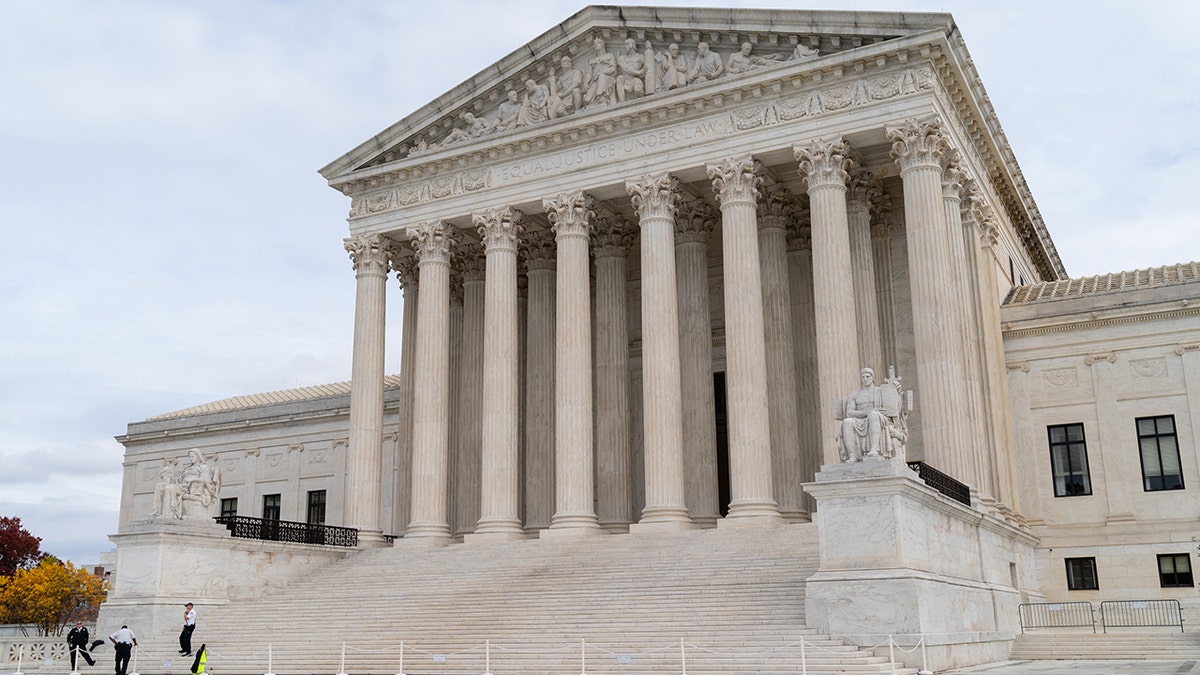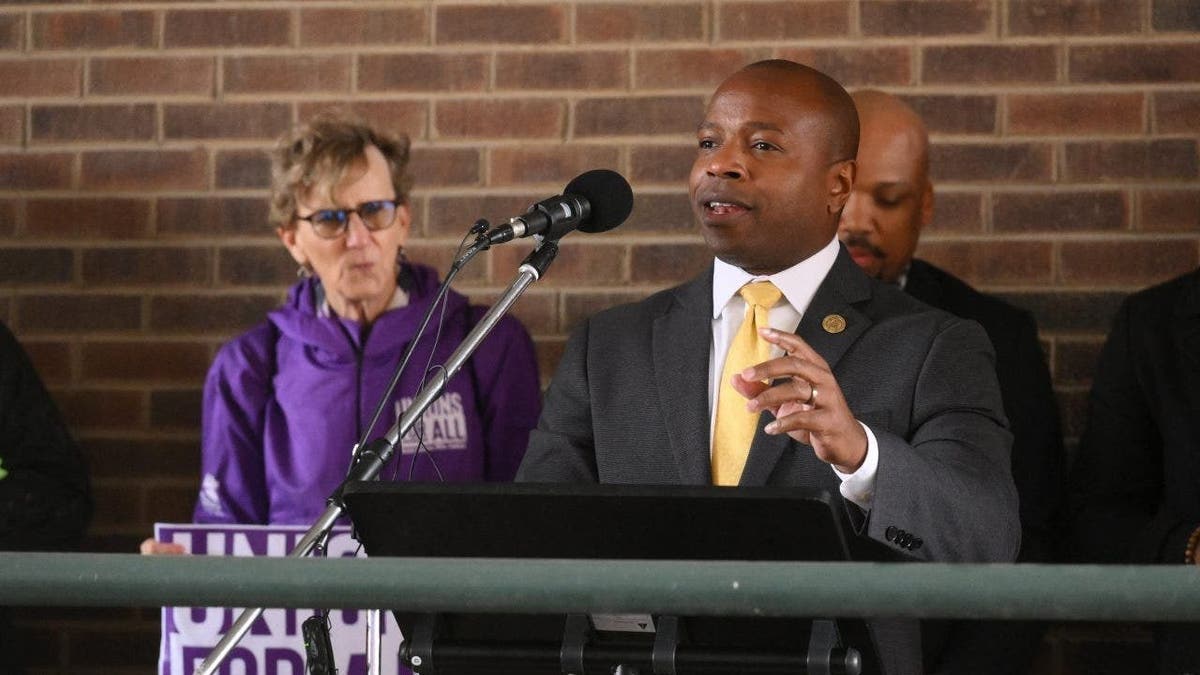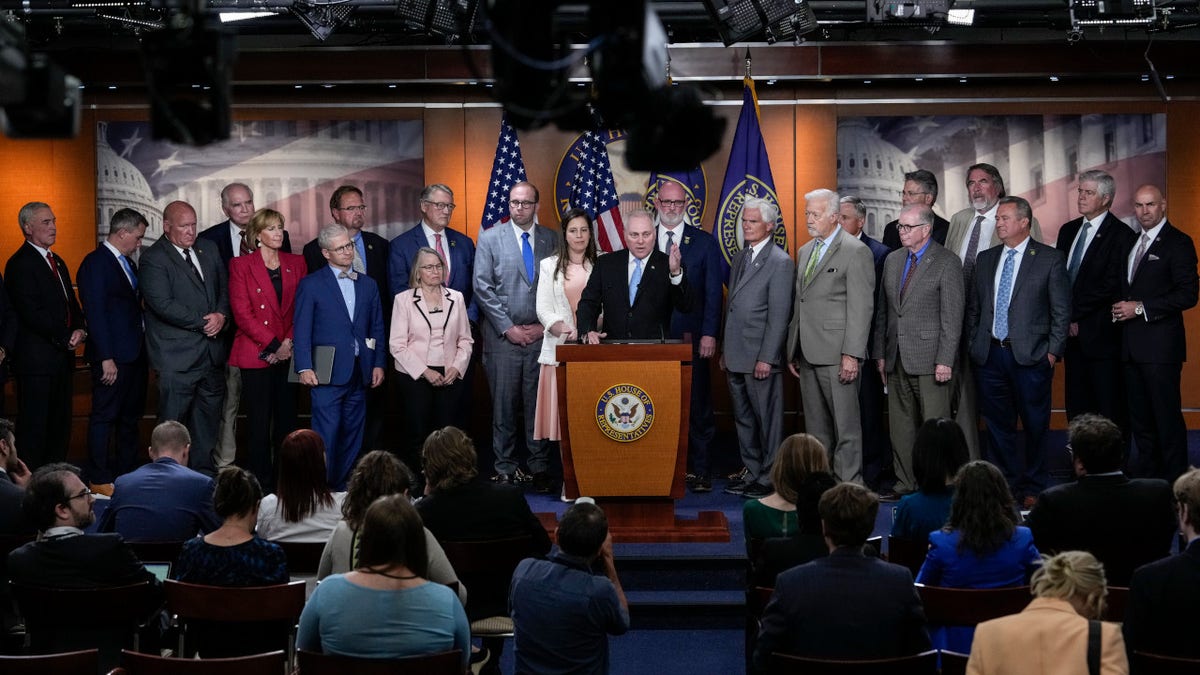Following the Supreme Court's decision deeming affirmative action unconstitutional, the University of Minnesota has revised its admissions process. The university announced it will no longer consider race, ethnicity, or family connections during admissions reviews.
Previously, these factors were part of a "holistic review." Now, while applicants can still voluntarily provide this information, it will be used solely for recruitment and communication regarding university programs and services. Application reviewers will not have access to this data.
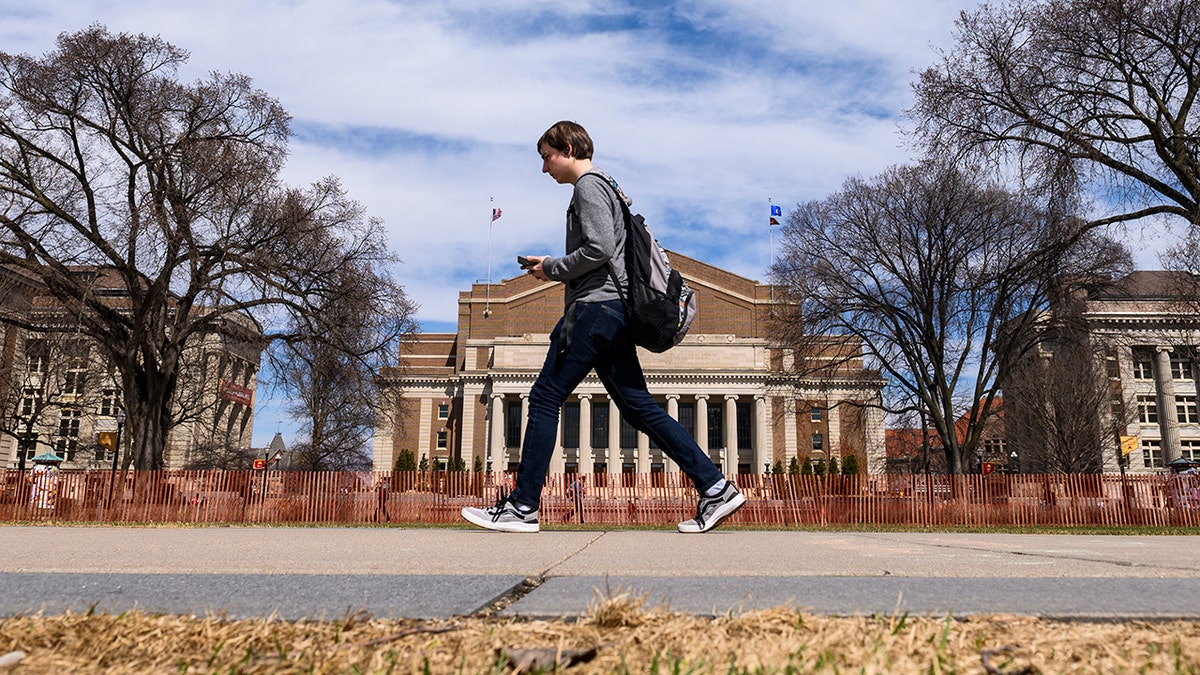
This shift aligns with the Supreme Court's June ruling against race as an admissions factor. Chief Justice John Roberts' majority opinion emphasized evaluating students based on individual experiences and merit, not race.
The Court's decision stated that considering race in admissions wrongly focuses on skin color rather than individual achievements and learned lessons. This ruling impacts universities nationwide, compelling them to revise policies aimed at increasing diversity through preferential treatment based on race or ethnicity. It also prompts reconsideration of legacy admissions, which some argue disadvantages underrepresented groups.
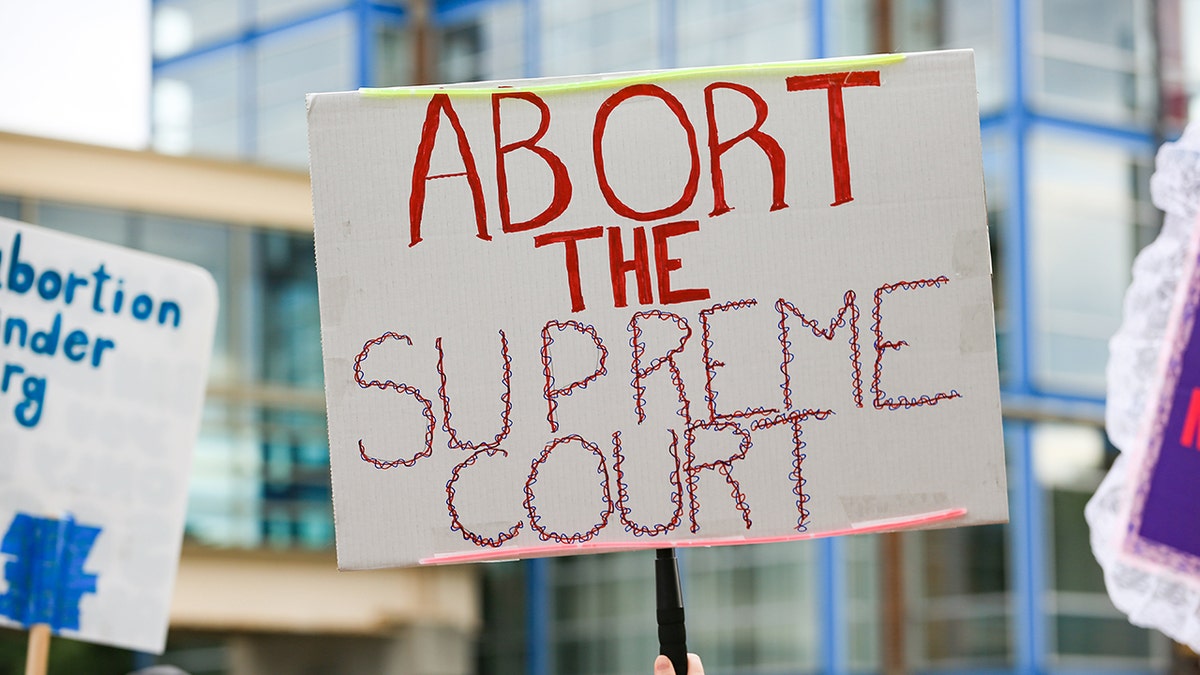
While upholding a commitment to a diverse student body, the University of Minnesota emphasizes academic factors like GPA, high school coursework, and standardized test scores in admissions decisions. "Context factors" such as extracurriculars, personal achievements, community service, leadership roles, and overcoming socioeconomic barriers are also considered. Interestingly, the university will still consider an applicant's potential contribution to "cultural, gender, age, economic, or geographic diversity," potentially navigating the Supreme Court ruling's implications.
